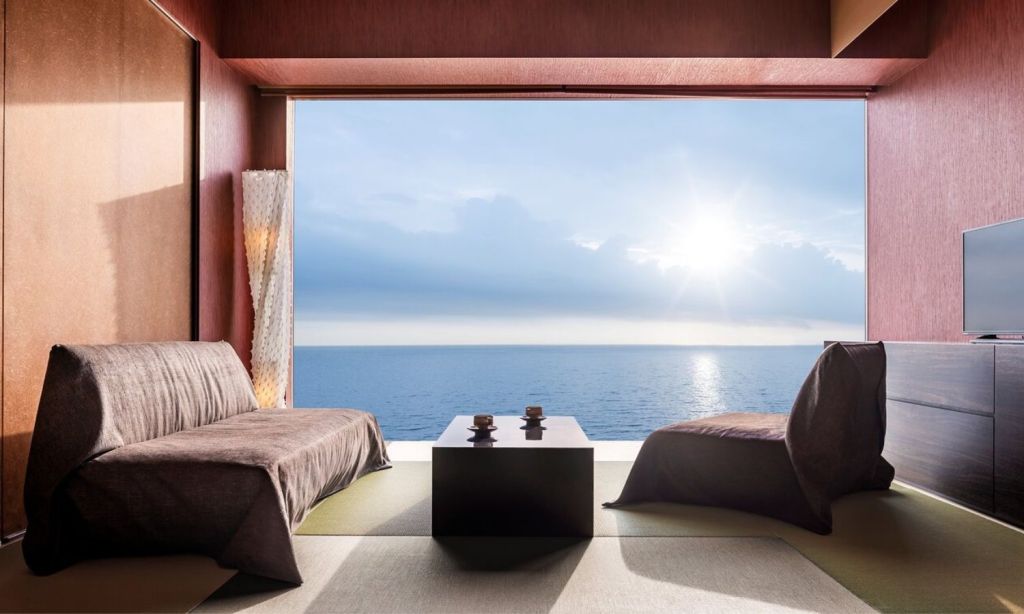Incredibly safe, a direct flight away, and home to a smorgasbord of culturally-contrasting experiences — it’s no wonder Japan is an Australian travel favourite.
In fact, it’s a rising destination favourite for the rest of the world too, with Japan’s national tourism organisation recording its highest-ever number of international travellers before the pandemic in 2019.
If you’re among the many Australians thrilled with the news border restrictions are soon lifting and are now planning a trip there, we’re here to help. Because whether it’s your first time heading over or whether it’s your 10th, deciding where to go in Japan is always daunting. Fortunately though, with so many special places, you really can’t go wrong.
Related: Want to Fly Solo? Japan Is Finally Lifting Its Guided Tour Restrictions
Related: 21 Unique Japan Experiences Every Traveller Should Try at Least Once
From some of Japan’s most popular spots like Tokyo, Kyoto, and Osaka, to some of the most unknown but still worthy of visiting, here’s where to go on your next trip to Japan.
Tokyo
Tokyo is easily one of the most exciting cities in the world. Like a microcosm of Japan all in one city, Tokyo evokes visions of the old and new —neon-lit and fast-paced contrasted with genteel and spiritual.
Not just the political and economic centre of Japan, it’s also emerged as a powerhouse of the global economy and a cultural hub where tradition and modernity co-exist in harmony.
Asakusa’s ancient temples and traditional stores, the unrivalled balance of Michelin-starred restaurants and cheap-and-cheerful ramen shops across the whole city, and without a doubt, Shinjuku’s thumping laneway bar scene — these are a few things to expect.
Most people may have the impression that Tokyo is a concrete jungle, but it also embraces nature with nearly 300 parks and gardens to explore.

What’s new? The minimalist Mustard Hotel opened its first property in Shibuya in 2018. Its newly-opened second property, set in the cool neighbourhood of Shimokitazawa, is designed by architect, Shin Ohori. Expect a clean, modern aesthetic with plenty of greenery and seating areas for the public to socialise.
Osaka
Known as Japan’s food bowl, Osaka is the brasher sibling to Tokyo where you’ll find weird and wonderful sights and sounds. Osaka is the best destination in Japan for street eats that include omelette-like pancakes (okonomiyaki) and fried octopus balls (takoyaki).
In addition to delicious food, Osaka is also known for its nightlife and architecture, which includes Osaka Castle. Shinsaibashi, the main shopping area in Osaka, has trendy boutiques and luxury department stores while Nishinomaru Garden is the best spot to take in manicured lawns, sculpted topiary and, at the right time of year, cherry blossoms.
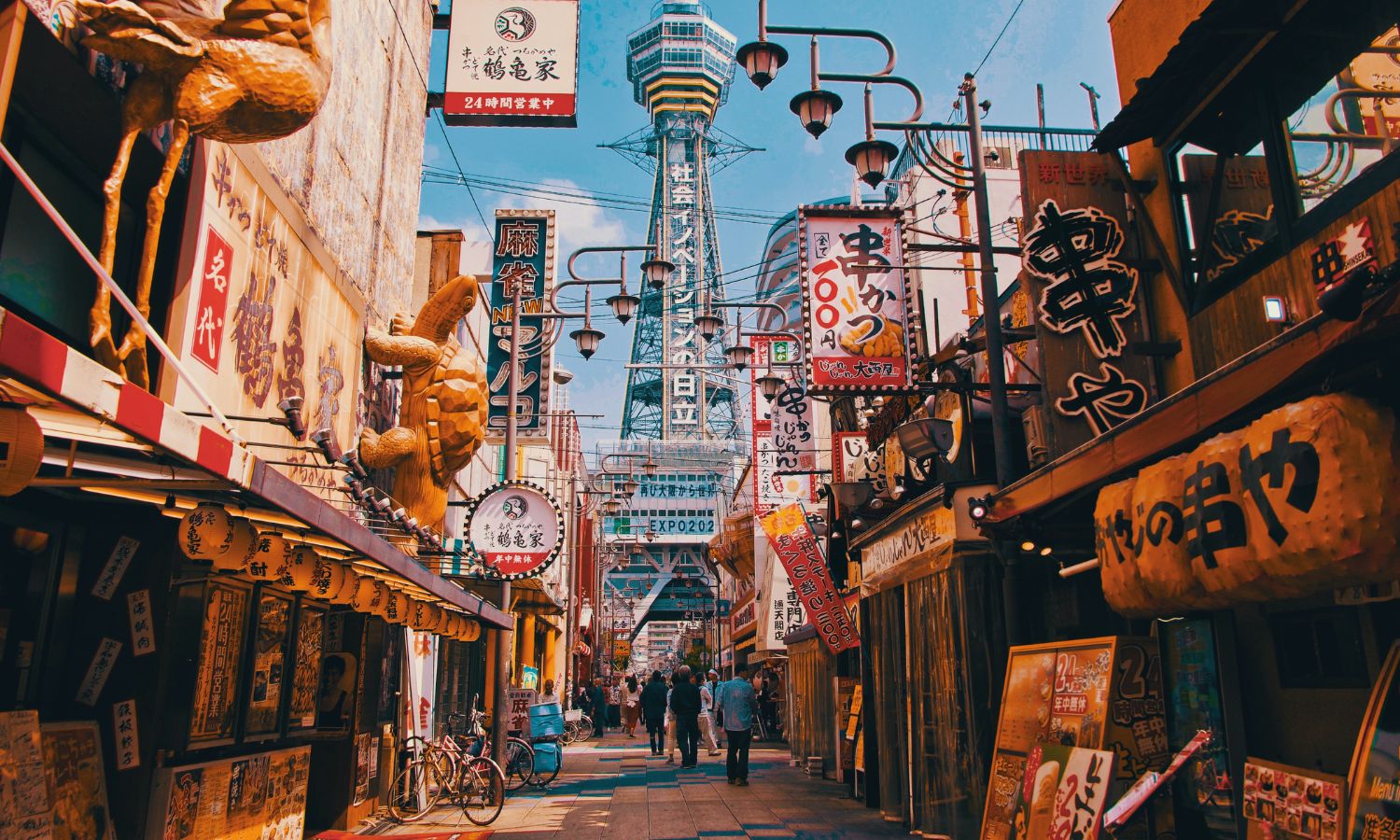
What’s new? Super Nintendo World has opened at Universal Studios Japan (USJ) in Osaka. The themed area of the park allows you to experience the game world of Nintendo in a life-size fashion, interacting with all your favourite characters.
Hokkaido
Just a short flight from Tokyo, Japan’s icy northernmost island is known for world-class powder snow, delicious seafood, and natural hot springs. Much of Hokkaido is wild and unspoiled, with volcanic lakes and a fascinating indigenous culture.
Here you can hit the high slopes of Niseko and Rusutsu in winter or scour the markets for fresh sushi, sashimi, and other seafood delights. You can also hike and explore the island’s many national parks in summer.
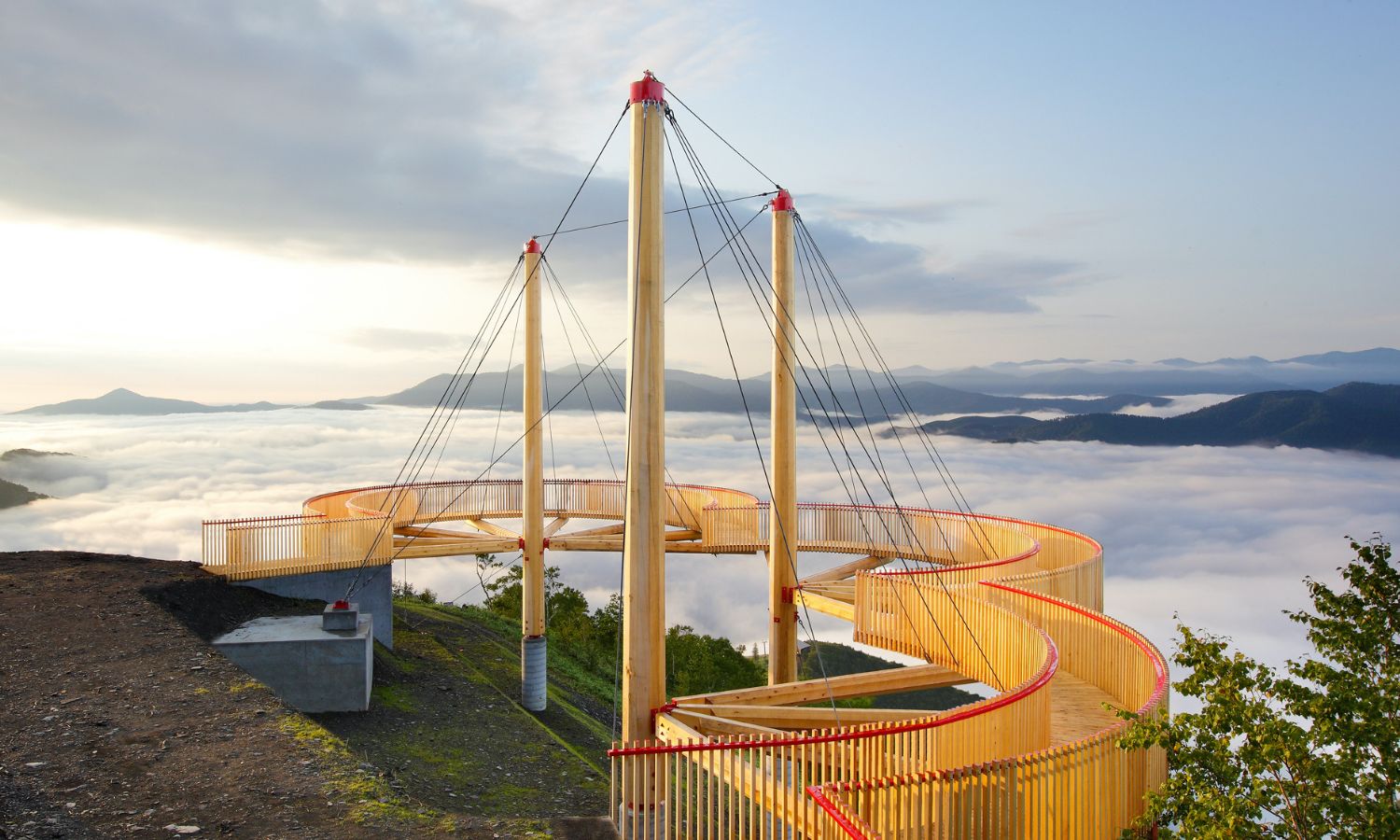
What’s new? You’ll be on cloud nine at the Unkai Terrace in Hokkaido — literally. An extension of Hoshino Resorts Tomamu, the Unkai Terrace is centred around the concept of enjoying unkai (sea of clouds) views in nine different ways.
Kyoto
Steeped in history, Kyoto is the epicentre of Japanese culture. Temples and shrines such as Kiyomizudera Temple and Kinkakuji Golden Pavillion are must-visits, as are the bamboo groves of nearby Arashiyama. Kyoto is considered the birthplace of Geisha culture and has more World Heritage Sites per square mile than anywhere else in the world.
Kyoto is postcard-perfect Japan. Traditional ryokan accommodation is everywhere and there is a swathe of ‘oh-so-Japan’ experiences to be found around every corner. Beyond the city limits, Miyama is one of the last towns with thatched-roof farmhouses, many of which are still inhabited.
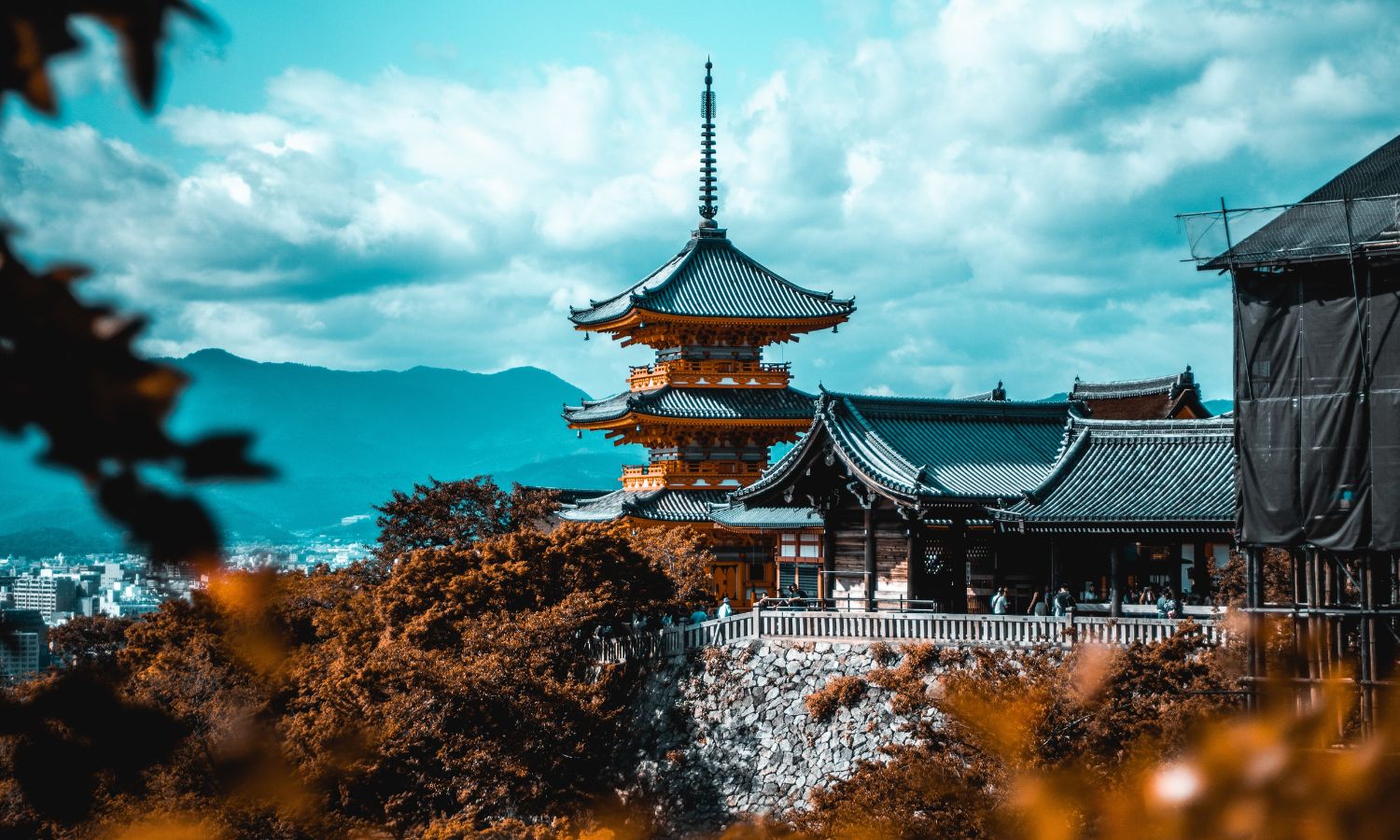
What’s new? Affordable luxury is hard to come by if you’re exploring a destination as popular as Kyoto, but Karasuma Rokkaku, an impressive four-star hotel, has more to offer than its reasonable room rates. Built around the former Ban family residence, its authentic machiya (traditional townhouse) structure is a prime example of traditional Kyoto architecture.
Tohoku
Japan’s north-eastern wilderness, which encompasses six rural prefectures is bound by custom, heritage and, more recently, the tragedy of the 2011 earthquake and tsunami. The region’s picturesque Ginzan Onsen town is like stepping back in time to the early 20th century.
Tohoku is just over an hour away from Tokyo on the bullet train, depending on which part you’re visiting. The region’s expansive rice paddies, complete with rice paddie art and beautiful villages, instantly immerse visitors in warm rural landscapes reminiscent of Studio Ghibli films. This often-overlooked region offers dramatic landscapes, history-rich sites, craft sake and a host of outdoor activities like rafting, hiking, and skiing.
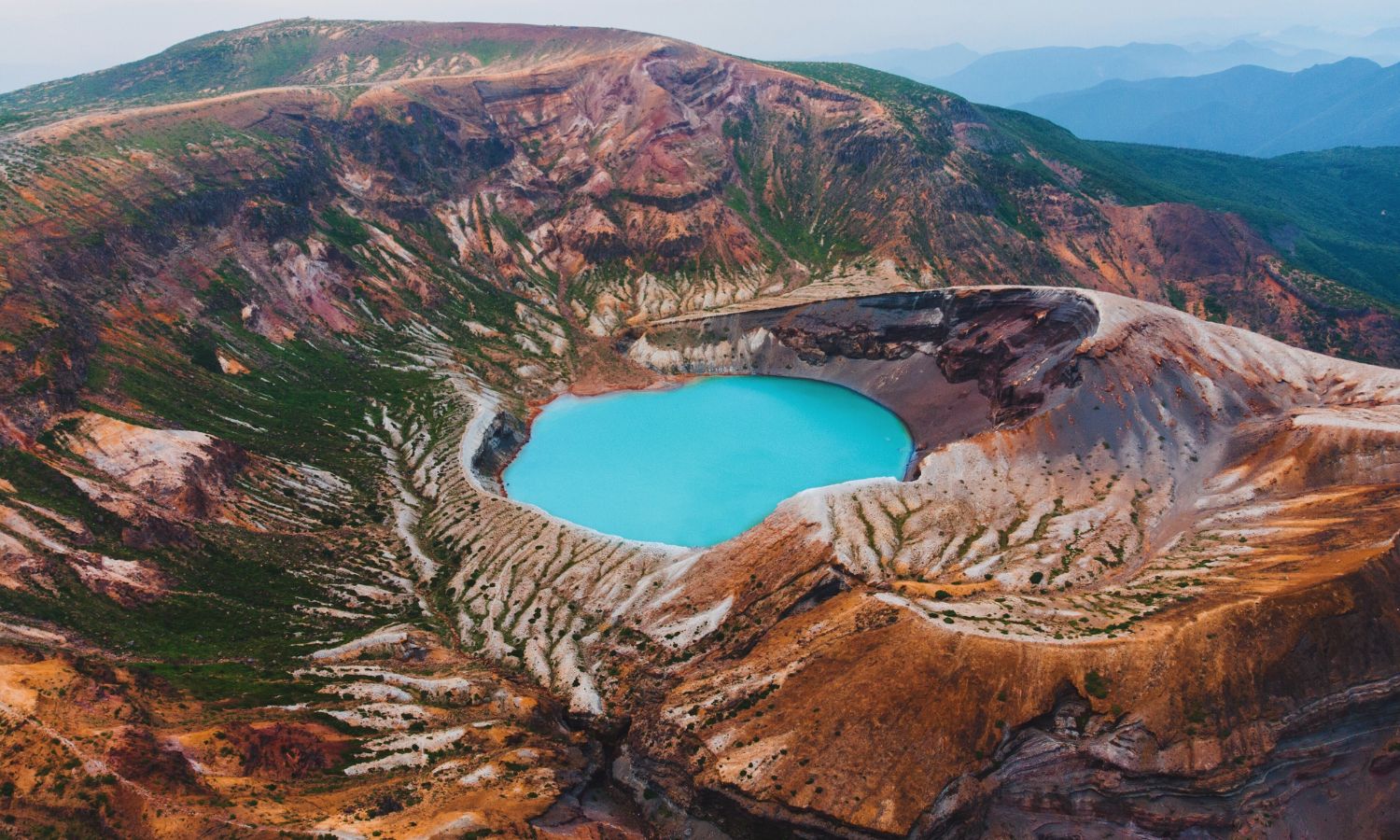
What’s new? The hotly-anticipated Hirosaki Museum of Contemporary Art opened in July in a historic brick warehouse built a century ago as a sake brewery. It can be found in the castle city of Hirosaki, famous for cherry blossoms and for apple production.
Kinosaki Onsen
About three hours from Osaka, Kinosaki Onsen has maintained its serene atmosphere and authentic old Japan allure. The town’s wonderfully preserved architecture and authentic hot spring ambience along every street and alleyway will have you snapping non-stop.
The quintessential activity to do here is to go onsen-hopping. Visitors are even encouraged to wear yukata and geta, stroll through the town, and enjoy the town’s many outdoor onsen. On either side of the town’s central Maruyama River are numerous Japanese inns, or ryokan, most of which have their own onsen baths.

What’s new? The Kinosaki Ropeway was recently awarded one star in the Michelin Green Guide Japan. The observation deck offers a panoramic view over the town as well as out onto the Maruyama River and Sea of Japan.
Wakayama
Close to Osaka’s Kansai International Airport, Wakayama is Japan’s spiritual heartland, attracting enlightenment-seeking pilgrims and beach lovers in equal measure. The prefecture’s towns are home to some of Japan’s best ramen, beautiful hot springs, beaches, shrines and temples.
From the calm, spiritual atmosphere at the ancient temple complex of Koyasan, to the ancient Kumano Kodo pilgrimage route through dense and misty forests, Wakayama promises to reboot visitors’ body and soul.

What’s new? Koyasan is one of the most sacred sites of Japanese Buddhism. Newly launched is a tour that’ll see a local rickshaw driver guide you through Koyasan’s historical temples and streets while offering many details and tips in English.
Kochi
Kochi prefecture’s location on the Pacific Ocean has made it a gathering place for surfers and divers from all over Japan and the world. On the southwestern edge of Kochi, a tropical paradise known as Kashiwajima features sublime waters and coral reefs around the 4km long island. The Muroto area of its rugged coast has recently earned UNESCO Global Geopark status for its geological formations.
Historical Kochi Castle, sake breweries and traditional markets in the region are well-preserved and worth exploring. The people of Kochi are known for their love of dorome (fried baby sardines) and craft alcoholic drinks. Every year, a dorome festival sees people eat fresh sardines, pray for a bountiful harvest, and have a sake ‘chugging’ competition.
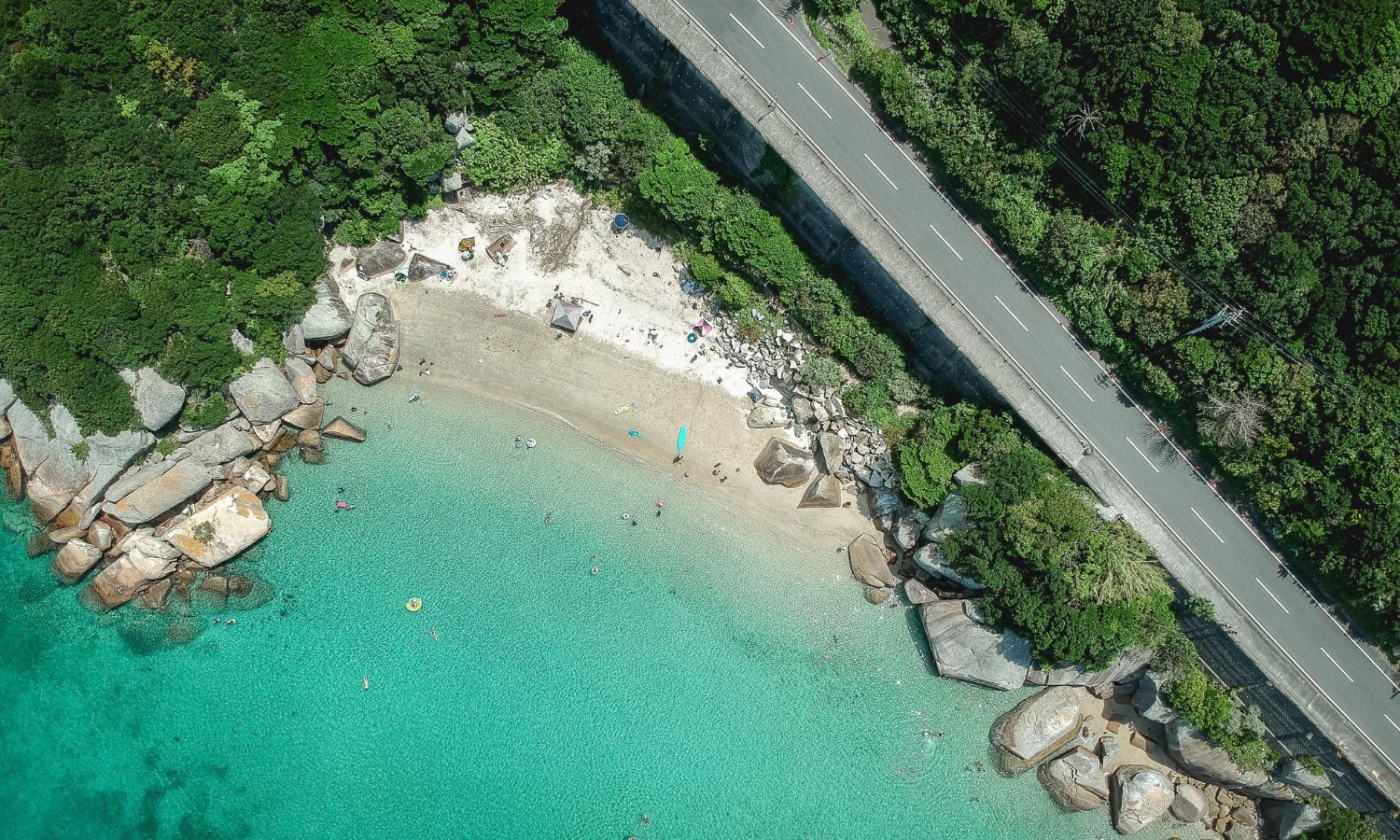
What’s new? The first zipline in the prefecture has opened at Shimanto River, one of the longest rivers in Japan. Far removed from urban areas and development, its waters are pristine, keeping it high on the list of places to visit for nature enthusiasts.
Oita
An unspoilt area of Japan with a rich artistic and spiritual heritage and natural wonders like Yabakei Gorge, Oita can be found in Kyushu, Japan’s third largest island. Jutting out to the north of Oita, Kunisaki Peninsula is home to historic spiritual sites nestled against lush mountainsides while inland Kokonoe is a town full of rustic countryside charm and plenty of rare flora and fauna.
The Hyotan hot spring baths are some of the most highly regarded in all of Japan. The prefecture’s iconic onsen town Beppu is overflowing with Bohemian charm and home to Japan’s famous eight ‘bubbling hells.’
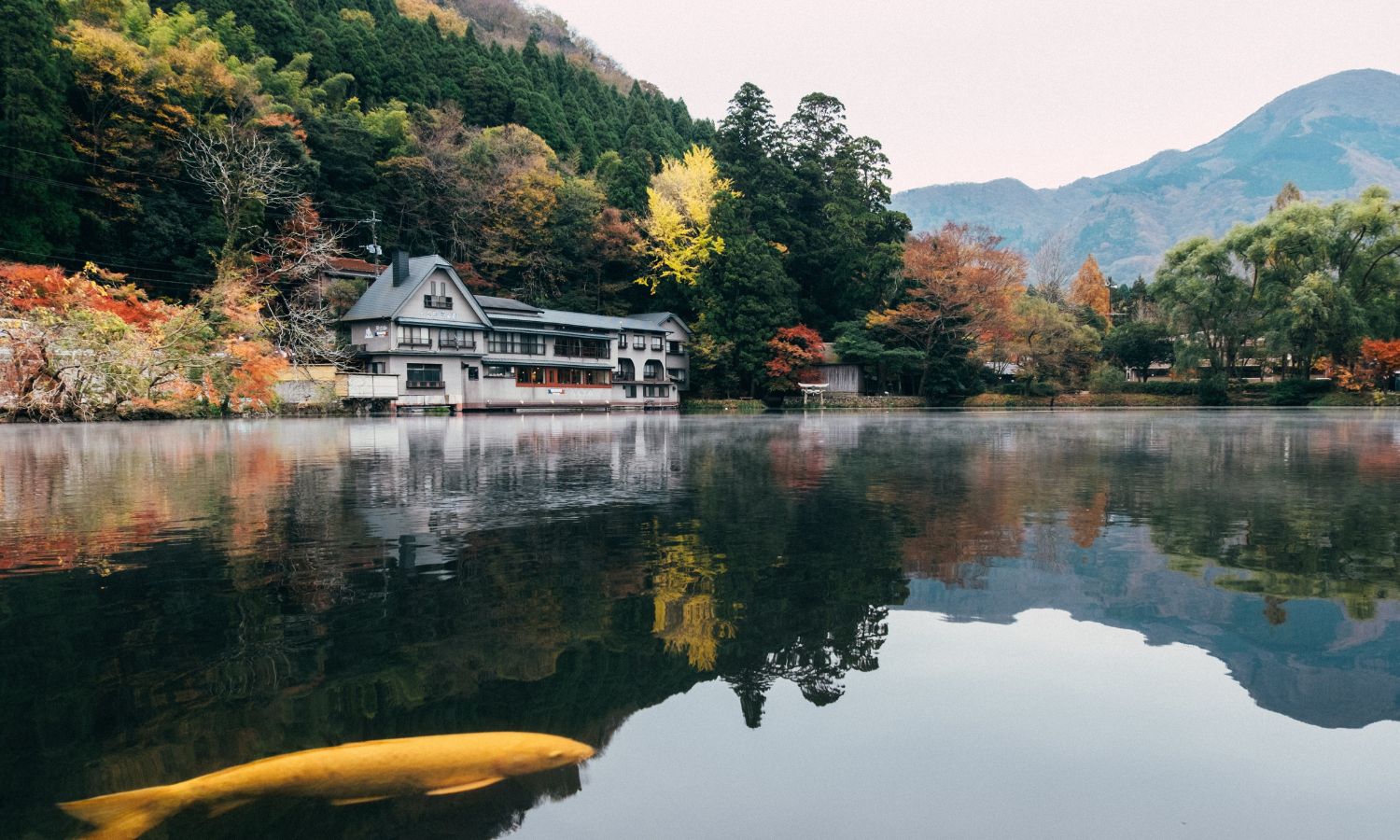
What’s new? KAI Beppu is a new hot spring ryokan offering a contemporary spin on the traditional Beppu hot spring experience. The vibrant aesthetic extends to the rooms, which all offer expansive ocean views.
Read more stories from The Latch and subscribe to our email newsletter.


